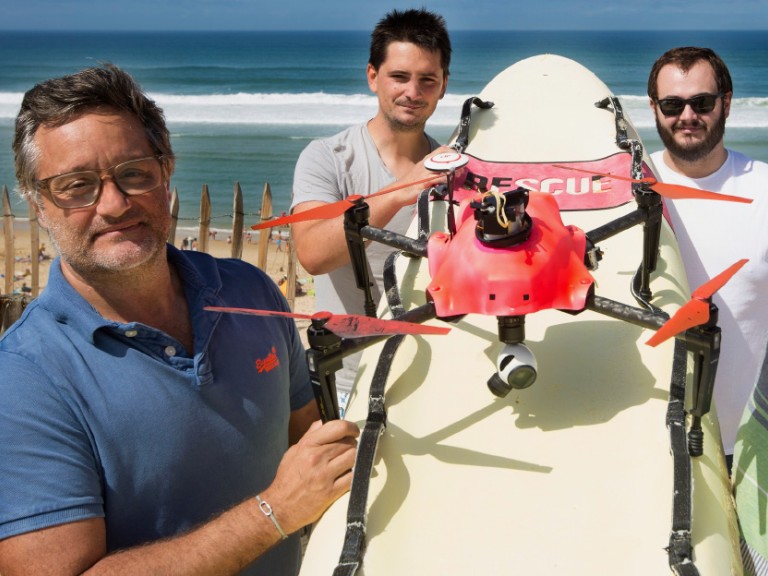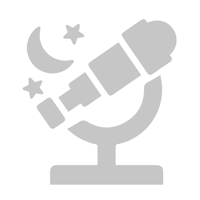When it comes to saving lives, every minute counts. In particular, the very first ones, which lifeguards and rescuers call the “golden minutes”. Fabien Farge along with David and Anthony Gavend, the three co-founders of the Helper Drone, understand this well! Originally from Landes, they know better than anyone that the sea currents can be formidable if we do not act quickly. They therefore designed a drone to assist rescue professionals at sea. And not just any drone! Designed specifically to withstand extreme weather conditions, high winds and swells, this perfectly identified flying object identifies people at risk and lays a self-inflating buoy nearby. It then sends navigation information to the rescuers to help find victims quickly. A high-quality camera also allows remote control of the condition of the people to rescue.

The EDF Pulse Awards give us recognition and exposure, which makes it one of the greatest contests of the last few years.

Tested for two summers on the beaches of Landes, the Helper Drone has already proved itself by helping save 6 lives. And this is only the beginning: the Grand Jury of the 2018 EDF Pulse Awards has decided to award this extremely useful and fully mastered solution, in the “Smart Health & Self” category. It’s a safe bet that this new ally of rescuers will soon meet its next challenge: delivering medical equipment everywhere at sea (oil platforms, for the merchant navy or cruises, etc.), but also on the mainland (in the event of road accidents, fires, hazards on an industrial site, etc.). So, the Helper Drone could become the first link in the rescue chain!
-
€370K
raised
-
6
lives already saved over the past 2 summers
-
5
patents filed

The Team
This Landes-based team combines its collective expertise in emergency medicine, software architecture, IoT and electronics to achieve a common goal: to treat victims more quickly using new technologies.
4 questions to Helper Drone
Where did you get the idea for this startup?
 The idea comes from Fabien, co-founder of Helper Drone, who has worked as an emergency doctor on the Landes beaches for 15 years. It was while playing on the beach with a...
The idea comes from Fabien, co-founder of Helper Drone, who has worked as an emergency doctor on the Landes beaches for 15 years. It was while playing on the beach with a...
Any recent good news?
 Last summer, in 2017, in the context of supervision of bathers on the beaches of Biscarrosse and Lacanau, a scientific study was on the Helper Drone by La Timone Hospital...
Last summer, in 2017, in the context of supervision of bathers on the beaches of Biscarrosse and Lacanau, a scientific study was on the Helper Drone by La Timone Hospital...
What is the most unexpected thing that your startup has made you do?
 As Total was very interested in our solution for its offshore installations, we were the first company in the world to be authorised to fly a drone on an oil rig. Beyond ...
As Total was very interested in our solution for its offshore installations, we were the first company in the world to be authorised to fly a drone on an oil rig. Beyond ...
In what way does your project revolutionise your category?
 Our strength is our team. Half of its members engineers and the other half doctors, this team has enabled us to offer an innovative technological solution to serve humank...
Our strength is our team. Half of its members engineers and the other half doctors, this team has enabled us to offer an innovative technological solution to serve humank...
